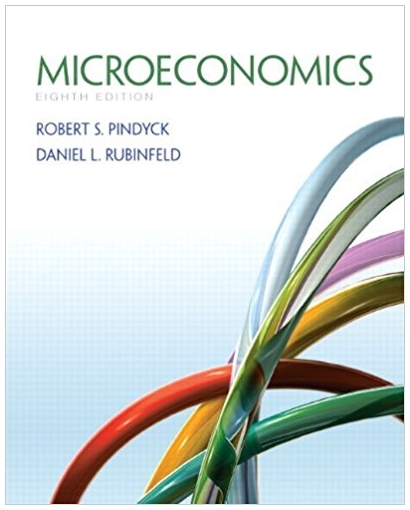Question
Suppose two firms compete in micro-chip industry. Each period firm 1 produces q1 chips and firm two produces q2 chips and the firms face a
Suppose two firms compete in micro-chip industry. Each period firm 1 produces q1 chips and firm two produces q2 chips and the firms face a demand curve of P = 50 − 10Q, where Q = q1 + q2. Both firms have a constant marginal cost of $20 per chip. Suppose the same industry exists for an infinite number of periods, the discount factor for profits is β = .8.
What are the static Nash equilibrium strategies for this market? That is, what is the NE if the game is played once? What are profits for a single period in this case?
Suppose the two firms agree to maximize joint profits rather than individual profits and share the proceeds equally(collusion). How many chips does each firm agree to make? What are firms profits for a single period?
Suppose the firms have agreed to maximize joint profits, but while firm 2 produces according to the agreement, firm 1 decides to cheat and maximize individual profits instead. How many chips does firm 1 decide to produce? What are profits for each firm?
Write down the grim trigger strategy.
If both firms follow the grim trigger strategy, what is the present discounted value of firm1’s profits?
If firm 2 follows the grim trigger strategy, but firm 1 deviates from it, what is the highest present discount value that firm 1 can obtain.
Is the grim trigger strategy an equilibrium? Why or why not?
Step by Step Solution
3.45 Rating (165 Votes )
There are 3 Steps involved in it
Step: 1
1 The Nash equilibrium states that the optimal strategy for an actor is to stay the course of their initial strategy while knowing the opponents strat...
Get Instant Access to Expert-Tailored Solutions
See step-by-step solutions with expert insights and AI powered tools for academic success
Step: 2

Step: 3

Ace Your Homework with AI
Get the answers you need in no time with our AI-driven, step-by-step assistance
Get Started


